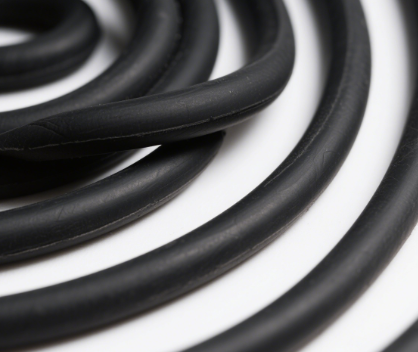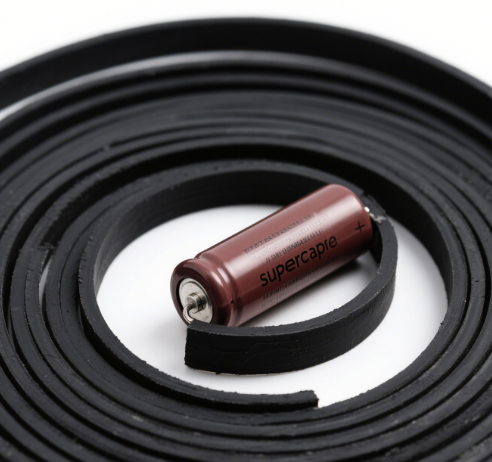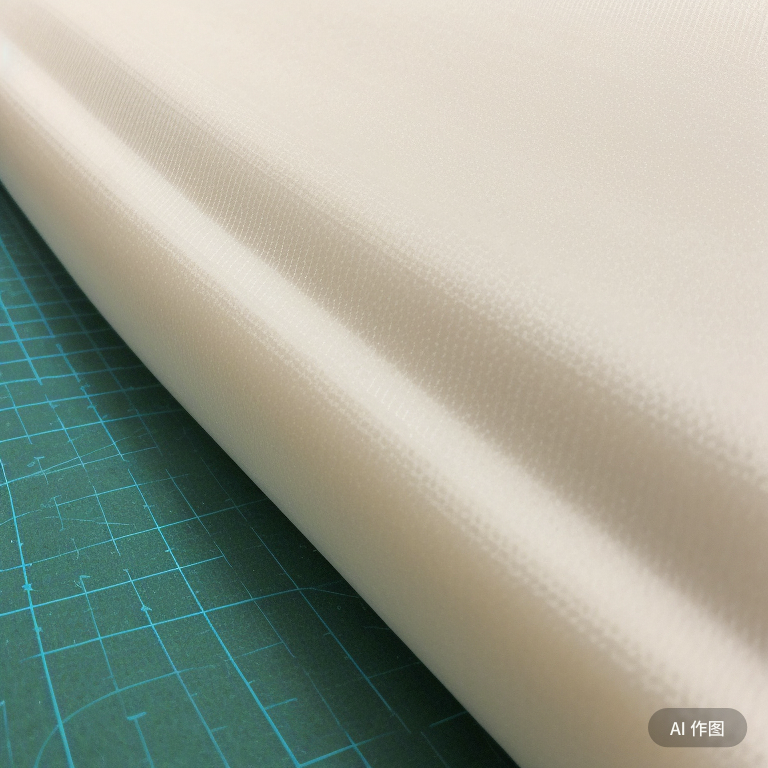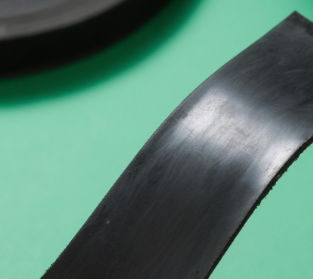Applications of Stretchable Sensor Conductive Rubber
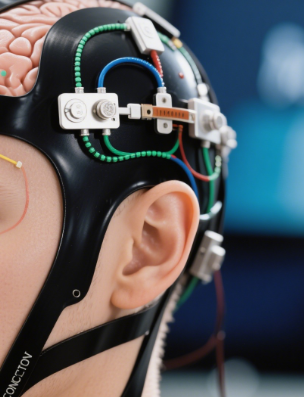 Stretchable sensor conductive rubber is a new type of functional material that combines electrical conductivity and excellent stretching properties. It integrates the high elasticity of rubber with the electrical conductivity of conductive fillers, demonstrating great application potential in multiple fields.
Stretchable sensor conductive rubber is a new type of functional material that combines electrical conductivity and excellent stretching properties. It integrates the high elasticity of rubber with the electrical conductivity of conductive fillers, demonstrating great application potential in multiple fields.
- Applications in the Field of Wearable Devices
Wearable devices such as smart bracelets, smart watches, and sports apparel have extremely high requirements for the flexibility and comfort of sensors. Stretchable sensor conductive rubber can well meet these needs. In smart bracelets and watches, it can be made into a heart rate monitoring sensor that closely adheres to the skin and can stretch flexibly with the movement of the wrist, accurately collecting heart rate signals in real time. When a person is exercising, the movement of the wrist causes small deformations in the skin. The conductive rubber sensor, with its excellent stretching performance, can maintain good contact with the skin and will not be damaged or lose its conductive function due to stretching. In addition, in sports apparel, embedding conductive rubber sensors in specific parts of the clothing, such as the armpits and chest, can be used to monitor physiological indicators such as human respiratory rate and sweat volume. For example, in sports bras, the conductive rubber sensor can stretch with the ups and downs of the chest, monitor the breathing status in real time, provide feedback on the exercise intensity and physical condition for athletes, and help them reasonably adjust their exercise plans.
- Applications in the Field of Medical and Health Care
In the field of medical and health care, stretchable sensor conductive rubber has broad application prospects. It can be made into various medical monitoring devices for long-term and real-time monitoring of human physiological parameters. For instance, a patch-type blood pressure monitoring sensor can be attached to the arm, stretch freely with the movement of the arm, and continuously monitor blood pressure changes, avoiding the problems of traditional blood pressure monitors that require frequent measurements and restrict the movement of the arm. For the elderly and patients with chronic diseases, this wearable monitoring method is more convenient and comfortable. Moreover, in rehabilitation medicine, conductive rubber sensors can be used to make muscle activity monitoring devices. By attaching the sensor to the surface of the patient’s muscle, when the muscle contracts or relaxes, the sensor stretches or contracts accordingly, and the change in electrical conductivity reflects the muscle activity, providing accurate data support for rehabilitation treatment and helping doctors develop personalized rehabilitation programs. At the same time, in the field of prosthetics, stretchable sensor conductive rubber can be used as a tactile sensor and installed at the contact part of the prosthetic limb, enabling the prosthetic limb to sense external pressure and touch, improving the functionality of the prosthetic limb and the user experience.
III. Applications in the Field of Flexible Electronic Devices
Flexible electronic devices such as flexible displays and flexible circuit boards are currently the research hotspots and development directions in the electronics industry. Stretchable sensor conductive rubber plays an important role in these fields. In flexible displays, it can be used as an electrode material, which has good electrical conductivity and stretchability and can adapt to the bending and stretching deformation of the display, ensuring the normal operation of the display in various forms. For example, when the screen of a flexible mobile phone is bent and folded, the conductive rubber electrode can stretch with the deformation of the screen without breaking or having poor contact, ensuring the stable transmission of signals. In flexible circuit boards, conductive rubber can be used to make stretchable wires and connecting devices, enabling the circuit board to be flexibly arranged in complex environments and meeting the requirements of various special devices for electronic circuits. In addition, in flexible sensor arrays, stretchable sensor conductive rubber can be made into multiple sensor units arranged in an array form, which is used to detect various physical quantities such as pressure, strain, and temperature and has important application value in fields such as smart robots and electronic skin.
- Applications in the Field of Industrial Detection and Monitoring
In industrial production, the detection and monitoring of the operating status of equipment and environmental parameters are of great importance. Stretchable sensor conductive rubber can be used to make various industrial sensors that can adapt to the complex working conditions in industrial environments. In the field of mechanical manufacturing, installing conductive rubber sensors on the surface of mechanical components, such as gears and bearings, can monitor the vibration, wear, and stress changes of the components in real time. When the component has abnormal wear or excessive stress, the electrical conductivity of the sensor will change accordingly. By monitoring this change, equipment failures can be detected in a timely manner to avoid the occurrence of major accidents. In the petrochemical industry, stretchable sensor conductive rubber can be used to detect pipeline leakage and pressure changes. Wrapping the sensor around the surface of the pipeline, as the pipeline expands and contracts due to heat and changes in internal pressure, the sensor can stretch flexibly and accurately sense the status of the pipeline, providing a guarantee for the safe operation of the pipeline. In addition, in the field of industrial automation, conductive rubber sensors can also be used to make flexible tactile sensors, which are installed on the robot’s manipulator, enabling the robot to sense the force and shape of the object being grasped, improving the operation accuracy and flexibility of the robot.
- Applications in the Aerospace Field
The aerospace field has extremely strict requirements for the performance of materials, requiring materials to be lightweight, high-strength, resistant to high and low temperatures, and have good reliability. Stretchable sensor conductive rubber, with its unique properties, also has certain applications in the aerospace field. In aircraft structure monitoring, embedding conductive rubber sensors in the aircraft’s skin and structural components can monitor the stress, strain, and fatigue damage of the aircraft during flight in real time. When the aircraft is impacted by airflow or subjected to complex loads, the sensor stretches with the deformation of the structure, and the change in electrical conductivity feeds back the status of the structure, providing an important basis for the safety assessment and maintenance of the aircraft. In addition, in the flexible solar panels of satellites and spacecraft, stretchable sensor conductive rubber can be used as an electrode and connection material to adapt to the expansion and contraction movements of the solar panels in space, ensuring the stable transmission of electrical energy. At the same time, in the environmental monitoring of aerospace, conductive rubber sensors can be used to detect parameters such as the temperature, humidity, and gas composition inside the spacecraft, providing data support for the environmental control and life support systems of the spacecraft.
As a functional material with unique properties, stretchable sensor conductive rubber has shown broad application prospects in multiple fields such as wearable devices, medical and health care, flexible electronic devices, industrial detection and monitoring, and aerospace. With the continuous development of materials science and manufacturing technology, it is believed that stretchable sensor conductive rubber will be more deeply applied in more fields and make greater contributions to the development and progress of human society.













